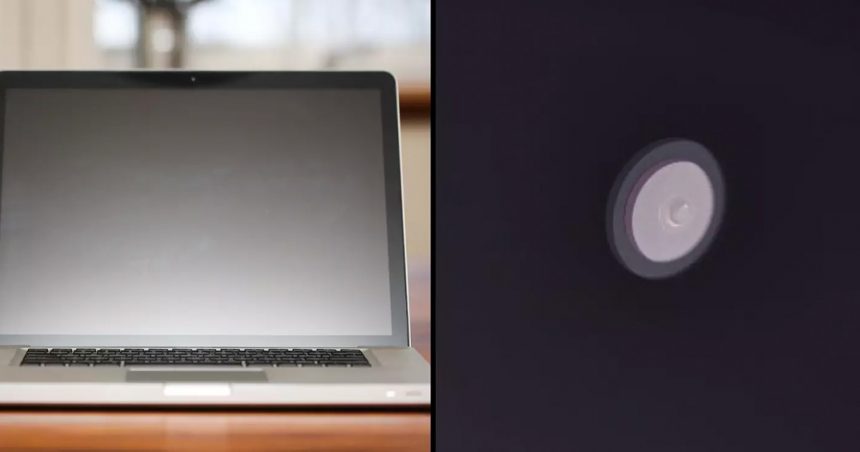In a shocking turn of events reminiscent of a dystopian TV show, the Lower Merion School District in Pennsylvania found itself embroiled in a scandal in 2010. Accused of spying on its students, the district used webcams installed on school-issued laptops to secretly monitor them. This scandal, dubbed ‘WebcamGate,’ sent shockwaves across the nation and led to a high-profile lawsuit that exposed the school’s egregious invasion of privacy.
The scandal began at the start of the 2009-2010 school year when the district provided 2,300 students with free MacBooks. These laptops, intended for use at home and school as part of an education grant-funded initiative, were preloaded with tracking software called Theft Track. What students didn’t know was that this software allowed school officials to remotely activate the webcams, enabling them to spy on students without their consent.
The covert activities came to light when student Blake J. Robbins discovered his laptop’s webcam had been activated without his knowledge. Another student, Jalil Hasan, also came forward with similar complaints, leading to a major lawsuit against the district. The lawsuit, Robbins v. Lower Merion School District, was settled in 2010, with the district agreeing to pay $610,000 to the affected students. Despite the settlement, serious questions about technology use in schools and student privacy remained unanswered.
The WebcamGate scandal served as a cautionary tale for schools nationwide, prompting a reevaluation of digital monitoring and privacy policies. It highlighted the importance of protecting students’ privacy while ensuring the responsible use of technology in education. The Lower Merion School District revised its policies post-scandal, placing a renewed focus on student and staff privacy. As technology continues to evolve, the lessons learned from WebcamGate will continue to reverberate, emphasizing the critical need to safeguard privacy in educational settings.






